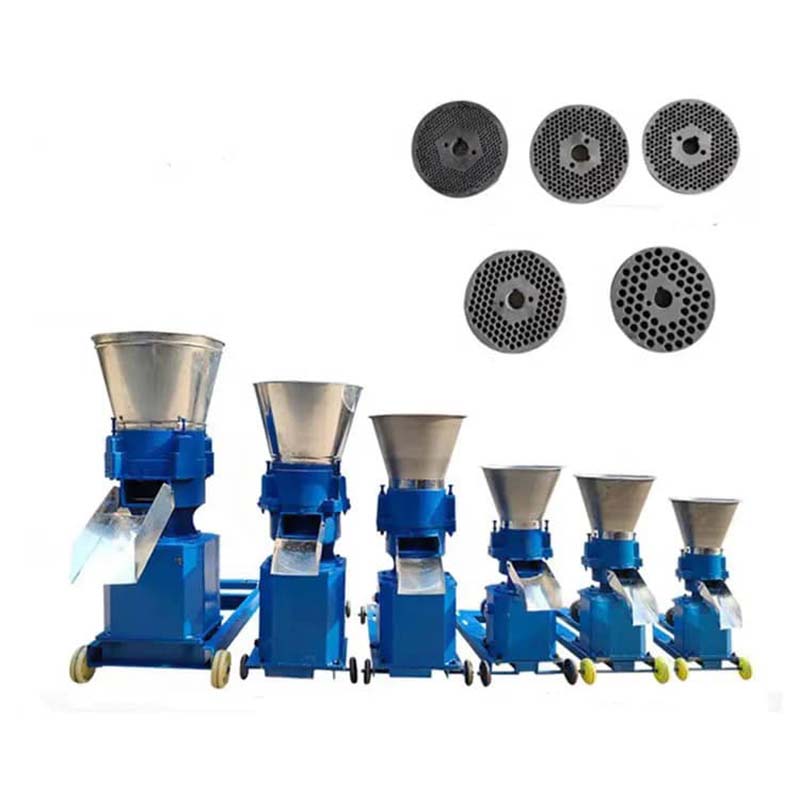high temperature exhaust fan
Nov . 26, 2024 07:58 Back to list
high temperature exhaust fan
High Temperature Exhaust Fans Key Features and Applications
In various industrial settings, controlling temperature and ensuring effective ventilation is crucial for maintaining optimal operational conditions. High temperature exhaust fans are specially designed to handle elevated temperatures, making them an essential component in facilities such as manufacturing plants, commercial kitchens, and power generation facilities. This article explores the significance, features, and applications of high temperature exhaust fans.
Importance of High Temperature Exhaust Fans
High temperature exhaust fans are vital for several reasons. Firstly, they help in dissipating heat generated by machinery and processes, which not only prevents overheating but also protects sensitive equipment from damage. Secondly, these fans facilitate proper air circulation, ensuring that fresh air replaces hot, stale air. This process is essential for maintaining air quality and enhancing worker comfort and safety. Additionally, proper ventilation helps to mitigate the risks associated with hazardous fumes and gases that can result from high-temperature operations.
Key Features of High Temperature Exhaust Fans
When selecting high temperature exhaust fans, several critical features should be considered
1. Temperature Ratings High temperature exhaust fans are designed to operate effectively at elevated temperatures, typically ranging from 250°F (121°C) to as high as 1,000°F (538°C). It is essential to choose a fan that can withstand the specific temperature conditions of the application.
2. Materials The construction materials of high temperature exhaust fans are crucial for their durability and longevity. These fans often feature components made from high-quality alloys, stainless steel, or specialized plastics that can tolerate extreme temperatures without deformation or wear.
3. Fan Design High temperature exhaust fans can have various designs, including axial and centrifugal configurations. Axial fans, characterized by their propeller-like blades, are suitable for high airflow applications, while centrifugal fans are preferred for handling higher pressures while delivering air over longer distances.
4. Efficiency Energy efficiency is an increasingly important aspect of exhaust fan design. Many high temperature exhaust fans incorporate advanced motor technologies and aerodynamic blade designs to maximize airflow while minimizing energy consumption.
high temperature exhaust fan

5. Safety Features Safety is paramount in high-temperature environments. High temperature exhaust fans often include features such as thermal switches, protective guards, and vibration dampeners to ensure safe and reliable operation.
Applications of High Temperature Exhaust Fans
High temperature exhaust fans find applications in a multitude of industries, including but not limited to
1. Manufacturing In manufacturing plants, processes such as forging, metal casting, and welding generate significant heat. High temperature exhaust fans are employed to maintain appropriate ambient temperatures, ensuring equipment operates efficiently and safely.
2. Commercial Kitchens The culinary industry is notorious for high heat and humidity levels. High temperature exhaust fans are instrumental in ventilating kitchens, removing heat, smoke, and odors while ensuring a comfortable environment for chefs and kitchen staff.
3. Power Generation Power plants often operate high-temperature equipment that requires effective cooling systems. High temperature exhaust fans help in venting hot air generated by turbines and other machinery, maintaining optimal operating conditions.
4. Textile and Chemical Industries In industries where processes generate heat and potentially harmful fumes, such as textile dyeing and chemical manufacturing, high temperature exhaust fans play a crucial role in ensuring a safe working environment by facilitating proper air circulation.
5. Waste Treatment Facilities High temperature exhaust fans are also used in waste treatment plants where high temperatures and noxious odors are prevalent. They help manage air quality, ensuring that harmful emissions are effectively vented out of processing areas.
Conclusion
High temperature exhaust fans are indispensable in managing heat and ensuring adequate ventilation across diverse industries. Their ability to operate efficiently under extreme conditions not only enhances workplace safety but also contributes to the overall efficiency of industrial processes. As industries continue to evolve, the importance of reliable high temperature exhaust fans will undoubtedly grow, paving the way for advancements in design and technology to meet the increasing demands of modern manufacturing and processing environments. By investing in high quality exhaust fans, industries can safeguard their operations while promoting a healthier and more productive workspace.
-
Hot Sale 24 & 18 Door Rabbit Cages - Premium Breeding Solutions
NewsJul.25,2025
-
Automatic Feeding Line System Pan Feeder Nipple Drinker - Anping County Yize Metal Products Co., Ltd.
NewsJul.21,2025
-
Automatic Feeding Line System Pan Feeder Nipple Drinker - Anping County Yize Metal Products Co., Ltd.
NewsJul.21,2025
-
Automatic Feeding Line System - Anping Yize | Precision & Nipple
NewsJul.21,2025
-
Automatic Feeding Line System - Anping Yize | Precision & Nipple
NewsJul.21,2025
-
Automatic Feeding Line System-Anping County Yize Metal Products Co., Ltd.|Efficient Feed Distribution&Customized Animal Farming Solutions
NewsJul.21,2025






